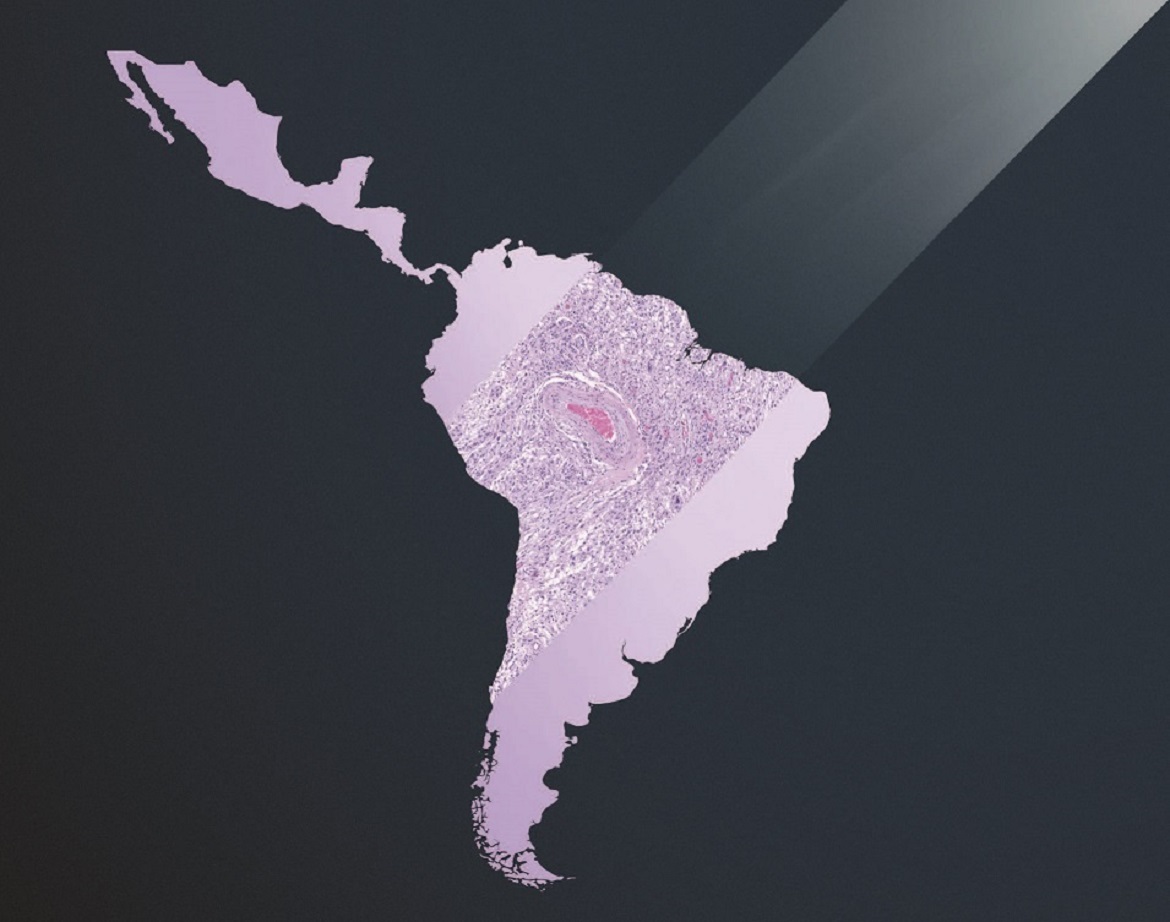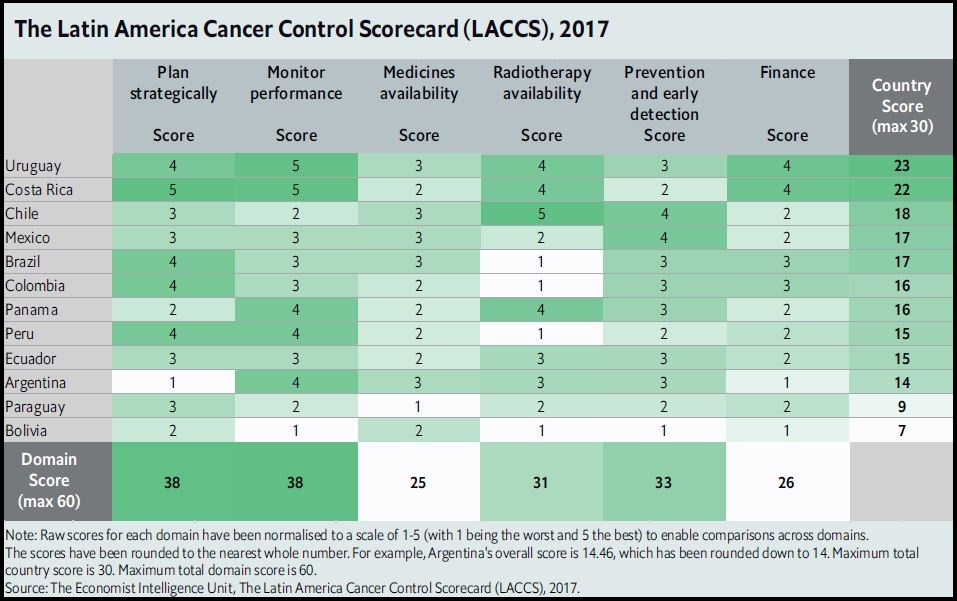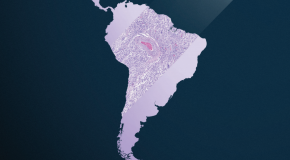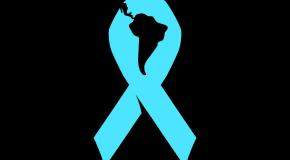More people in Latin America are getting cancer care than ever before. Too often, though, the poor, those in the countryside, and uninsured people experience insufficient cancer care, according to a new report published by The EIU, Cancer control, access and inequality in Latin America: A tale of light and shadow, commissioned by Roche.
The report is based on the Latin America Cancer Control Scorecard (LACCS), which assesses policies and programmes designed to reduce inequality in cancer-care access in 12 Latin American countries. The LACCS includes six main categories: strategic plan; monitoring performance; medicines availability; radiotherapy availability; prevention and early detection; and finance. In addition to results of the LACCS, the report draws on significant desk research and 20 interviews with experts on cancer in the region and worldwide.
Cancer-control efforts in Uruguay and Costa Rica receive the best average scores in the LACCS, while the room for improvement is largest in Paraguay and Bolivia (see chart below).
Room for improvement
The LACCS shows that one-half of countries have put in place cancer-control plans. However, around one-third of these plans are not up-to-date (as they do not cover the current year), and one-half of them do not include specific provisions to address inequalities.
Progress has been made in rolling out population-based cancer registries. One-third of countries now have a national population-based cancer registry. However, issues with data quality and coverage persist. Only around 7% of the population of the LACCS countries live in areas covered by a high-quality population-based registry. And Costa Rica and Uruguay are the only countries that get the highest scores for the "data quality" sub-category (assessing the quality of both incidence and mortality data).
In terms of medicines availability, countries tend to make older cancer treatments available, but struggle to put newer or even novel drugs on their formularies. The availability of radiotherapy—which is a proxy for cancer-control infrastructure investment—is also patchy, with an estimated average radiotherapy coverage of 74% across the 12 countries (that is, the estimated proportion of patients requiring radiotherapy who are able to access it).
Key aspects of prevention are improving in Latin America, notably tobacco control and the increase in vaccination to protect against the human papilloma virus (HPV). A clear majority (83%) of countries have a full HPV vaccination programme in order to prevent HPV-related cancers (such as cervical cancer). And two-thirds of countries have high tobacco taxation to discourage smoking. But deficits remain in addressing obesity, which is linked to cancer risk. For example, only Chile and Mexico have introduced taxes on sugar consumption. Moreover, challenges persist in making existing screening programmes serve whole populations effectively. Overall, there are still high rates of late-stage diagnosis.
Meanwhile, the budgets, personnel, equipment and other resources for cancer control will have to be bolstered in order to meet current and future needs. Only one-quarter of LACCS countries provide universal coverage for cancer care, with uninsured citizens treated for free. On average, government spending on health in the countries included in the study, at 4.6% of GDP, is well below the OECD average of 7.7%.
Inequalities in access
But the issue is not just limited resources dedicated to cancer care. Our study shows that the fundamental problem is an inefficient distribution of cancer-control assets. This arises from three overlapping issues: fragmentation within Latin American health systems; disparities in provision based on ability to pay; and geographical differences in provision.
Inequalities in access to cancer care are a major problem. Access is worse for those unable to afford private insurance or to obtain social security-based insurance through their employment. Moreover, cancer control in rural areas remains a concern. Specialist human resources and equipment are concentrated in urban areas, making diagnosis less likely and adding travel expenses to effective treatment costs. Policymakers will need to tackle these inequalities in order to ensure continued progress in cancer control.
This research programme also includes country reports on each of the 12 countries included in the LACCS. The reports will be published on the LACCS' dedicated content hub over the coming months: http://www.eiuperspectives.economist.com/LACCS.
The views and opinions expressed in this article are those of the authors and do not necessarily reflect the views of The Economist Intelligence Unit Limited (EIU) or any other member of The Economist Group. The Economist Group (including the EIU) cannot accept any responsibility or liability for reliance by any person on this article or any of the information, opinions or conclusions set out in the article.





